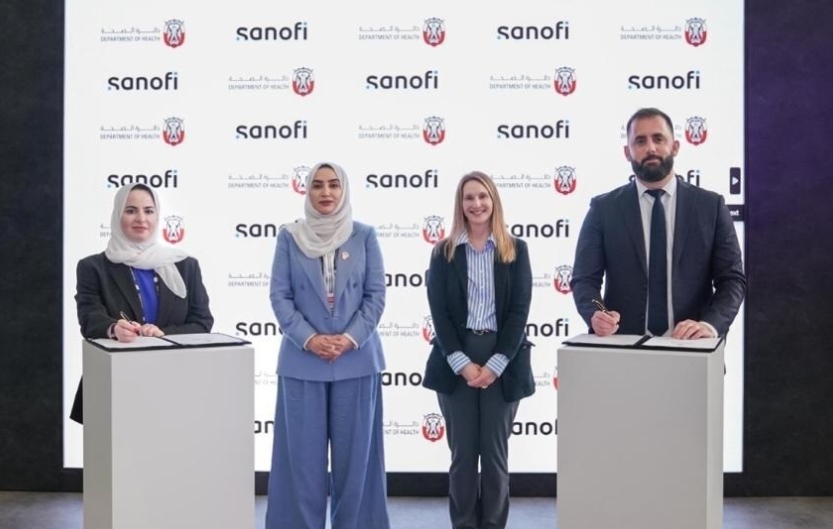
Image credit- the.com
A group of researchers from Osaka University, Japan has developed a sensing method with the potential to significantly contribute to early detection of cancer and diabetes.
The group has developed a nonlinear optical crystal (NLOC) chip, which combines terahertz (THz) waves with a microfluidic device, utilizing the close proximity of the THz wave source and the solution of interest in a microchannel.
Cancer, diabetes, and the influenza virus could potentially be detected with only very small volumes of bodily fluid, reducing the pain and discomfort of numerous exploratory procedures for patients. In addition, the technique allows living cells to be analyzed in a non-destructive way, which has numerous potential benefits in research.
This highly adaptable technology is likely to ripple out into many areas of analytical and biochemistry, as well as cell biology, and clinical medicine.




